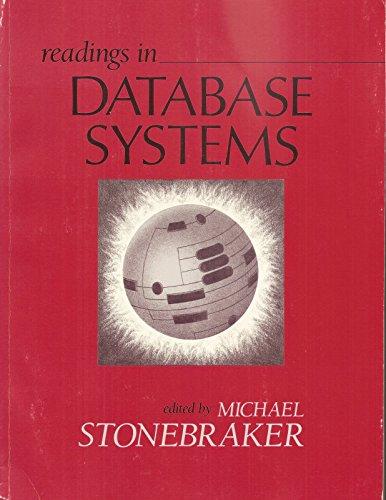I need help with this function add. Especially with setting all the fields appropriately. The language is C and it is a Binary Search Tree
I need help with this function "add". Especially with setting all the fields appropriately. The language is C and it is a Binary Search Tree with nodes. //////////////////////////////////////////////////////// Challenge.h //////////////////////////////////////////////////////// #ifndef CHALLENGE_H #define CHALLENGE_H
struct node { char *string; struct node *left; struct node *right; int count; };
#define NUM_NODES 1000
void add(struct node **proot, char *str); void reset();
#endif //////////////////////////////////////////////////////// Challenge.c //////////////////////////////////////////////////////// #include
#include "challenge.h"
//1. Allocate items sequentially from a fixed size array. //2. Link the items together into a Binary Search Tree over strings read from an input file, counting the number of occurrences of each string.
// As needed, get new nodes from this array. struct node nodes[NUM_NODES];
// Track the number allocated so you know the next entry of // the_nodes that is available, and can check for trying to // allocate more than NUM_NODES nodes.
int num_allocated = 0;
//////////////////////////////////////////////////////////////////////// void add(struct node **proot, char *str) { // Fill this function in // Don't forget, proot is a _pointer to_ the pointer to the BST root. // This is so that when a new subtree is needed, you can set *proot. // Note that, to access the count field, for example, you need // to write (*proot)->count, etc. if (*proot == NULL) { // Insert code here to allocate a new bst_node struct from the array. // If no more space is available, you should print "Out of space! " // and call exit(1); If you _can_ get a node, fill in its fields and // set root (what proot points to!) to point to it. Don't forget to // copy str using strdup(). //////////////////////////////////////////////////////////////////////// // Note that you will need to assign to *proot the _address_ of the // array element you are allocating, and fill in that element. You // should NEVER return or store the address of a local variable! //////////////////////////////////////////////////////////////////////// } }
// Used in the tests to reset the bst void reset() { num_allocated = 0; for (int i = 0; i < NUM_NODES; i++) { the_nodes[i].string = NULL; the_nodes[i].left = NULL; the_nodes[i].right = NULL; the_nodes[i].count = 0; } }
Step by Step Solution
There are 3 Steps involved in it
Step: 1

Get step-by-step solutions from verified subject matter experts
100% Satisfaction Guaranteed-or Get a Refund!
Step: 2Unlock detailed examples and clear explanations to master concepts

Step: 3Unlock to practice, ask and learn with real-world examples

See step-by-step solutions with expert insights and AI powered tools for academic success
-
 Access 30 Million+ textbook solutions.
Access 30 Million+ textbook solutions.
-
 Ask unlimited questions from AI Tutors.
Ask unlimited questions from AI Tutors.
-
 Order free textbooks.
Order free textbooks.
-
 100% Satisfaction Guaranteed-or Get a Refund!
100% Satisfaction Guaranteed-or Get a Refund!
Claim Your Hoodie Now!

Study Smart with AI Flashcards
Access a vast library of flashcards, create your own, and experience a game-changing transformation in how you learn and retain knowledge
Explore Flashcards





